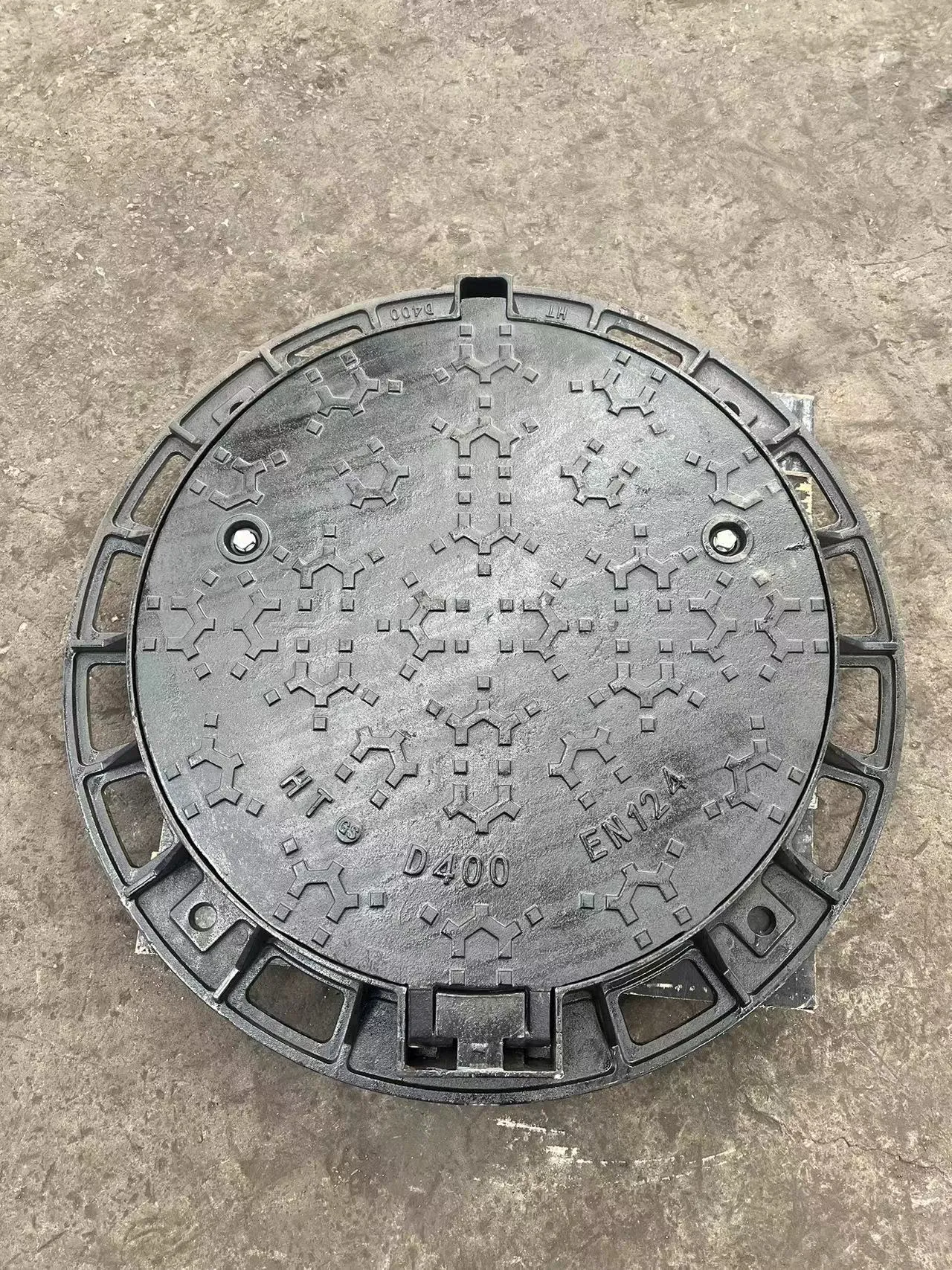gully trap manhole
Understanding Gully Trap Manholes Vital Components of Urban Drainage Systems
In modern urban planning, managing rainwater runoff is crucial for preventing flooding, protecting infrastructure, and ensuring public safety. Among various solutions, gully traps and manholes play significant roles in effective drainage systems. This article explores what gully trap manholes are, their functions, design considerations, and their importance in urban environments.
What is a Gully Trap Manhole?
A gully trap manhole is a specialized component of drainage systems designed to prevent debris, sediment, and unpleasant odors from entering the main sewer system. It typically comprises a shallow pit or chamber placed at strategic locations, such as street corners or low points in a drainage system, where stormwater and other surface water collect.
The gully trap is specifically designed to capture debris before it enters the main drain. It usually contains a grate or cover that allows water to flow in while filtering out larger particles like leaves, dirt, and other waste. Additionally, the ‘trap’ feature refers to a bend in the pipe within the manhole that holds water, creating a barrier against foul gas escaping from the sewer system, thus maintaining a healthier urban environment.
Functions of Gully Trap Manholes
1. Debris Management One of the primary functions of a gully trap is to intercept solid materials that would otherwise clog sewage systems. By trapping debris, the manhole reduces the risk of blockages, ensuring smoother water flow in the drainage system.
2. Odor Control The water seal in the gully trap prevents foul odors from sewer systems from escaping into the surrounding environment. This is especially important in urban areas where public health and comfort are a concern.
3. Facilitation of Maintenance Gully trap manholes also serve as access points for routine maintenance and inspections of drainage systems. They allow workers to easily access and clean the drainage lines, ensuring that the system operates efficiently.
gully trap manhole

4. Stormwater Management During periods of heavy rainfall, gully traps help manage the increased volume of runoff. They collect stormwater and channel it into the sewer system, reducing the risk of flooding in urban areas.
Design Considerations
The design of gully trap manholes must consider several factors to ensure efficiency and longevity. First, the sizing is critical; it must accurately accommodate the expected volume of water and debris without causing overflow. Properly designed grates should allow for free water flow while capturing larger debris effectively.
Material selection is also vital. Common materials include concrete, plastic, or reinforced composites, each offering different benefits in terms of durability, weight, and resistance to environmental factors. Furthermore, the location of gully trap manholes is an essential design aspect—strategically placing them at points where water naturally accumulates maximizes their efficiency.
Importance in Urban Infrastructure
Gully trap manholes are integral to maintaining effective urban drainage systems. They play a key role in flood prevention, especially in cities prone to heavy rainfall or fast runoff. By efficiently managing stormwater, these structures protect roadways, buildings, and public spaces from water damage.
Moreover, they contribute to the overall health of urban ecosystems. By preventing pollutants and debris from entering the main sewer lines, gully traps help preserve water quality in rivers and streams, promoting a healthier environment for both aquatic life and local communities.
Conclusion
In conclusion, gully trap manholes are essential components of urban drainage systems. They perform critical functions ranging from debris management and odor control to facilitating maintenance and stormwater management. As cities continue to expand, the demand for effective drainage solutions will only grow, making the role of gully traps increasingly important. Understanding and investing in these structures will be vital for sustainable urban development and the wellbeing of urban populations.
-
The Smarter Choice for Pedestrian AreasNewsJun.30,2025
-
The Gold Standard in Round Drain CoversNewsJun.30,2025
-
The Gold Standard in Manhole Cover SystemsNewsJun.30,2025
-
Superior Drainage Solutions with Premium Gully GratesNewsJun.30,2025
-
Superior Drainage Solutions for Global InfrastructureNewsJun.30,2025
-
Square Manhole Solutions for Modern InfrastructureNewsJun.30,2025
-
Premium Manhole Covers for Modern InfrastructureNewsJun.30,2025
